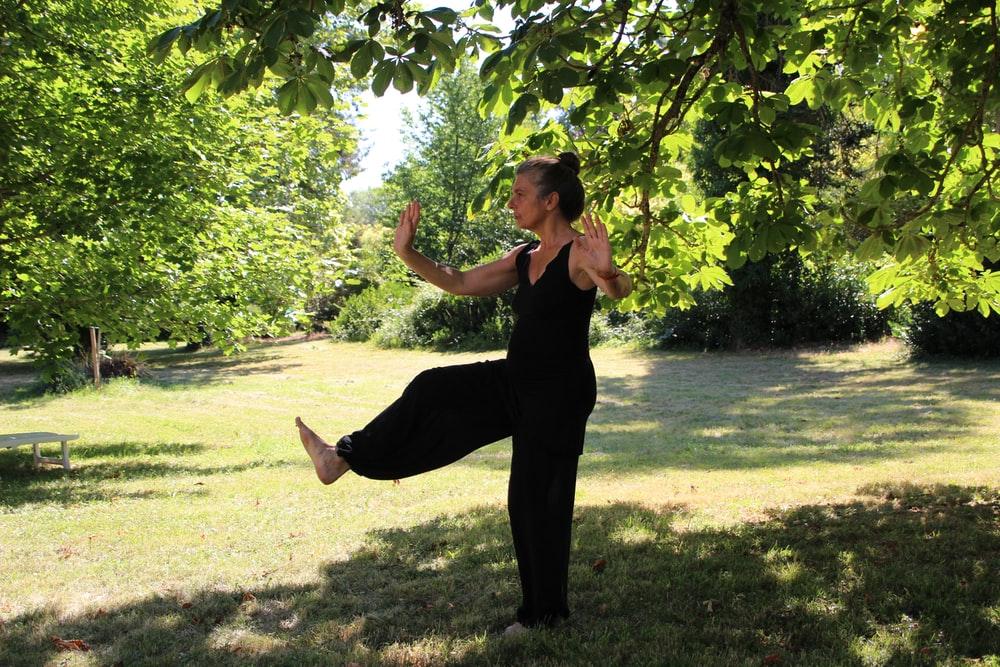An entrepreneur at heart, Chris has been building and writing in consumer life insurance and health for over 11 years. He's contributed to 1,000+ medical, health, financial and wellness articles and product reviews written in the last 11 years.In addition to Pharmacists.org, Chris and his Acme Health LLC Brand Team own and operate Diabetic.org, PregnancyResource.org, Multivitamin.org, and the USA Rx Pharmacy Discount Card powered by Pharmacists.org.Chris has a CFA (Chartered Financial Analyst) designation and is a proud member of the American Medical Writer’s Association (AMWA), the International Society for Medical Publication Professionals (ISMPP), the National Association of Science Writers (NASW), the Council of Science Editors, the Author’s Guild, and the Editorial Freelance Association (EFA).
Home » Popular Exercises for People With Diabetes in 2025
Popular Exercises for People With Diabetes in 2025

Chris Stocker

Chris Stocker


Chris Riley
To learn about Diabetes Life Solutions commitment to transparency and integrity, read our Editorial Disclosure
Last Updated on November 2, 2025
Exercise helps people with diabetes to control their blood sugar and lower the risk of cardiovascular disease. This article discusses fitness ideas to build your stamina, improve your balance and lower your stress levels. Unfortunately, a lot of diabetics don’t exercise enough! The benefits of exercise are well documented but there are particular benefits to people with diabetes. These include:
 Photo by Anastase Maragos via Unsplash
Photo by Anastase Maragos via Unsplash
• Increasing insulin sensitivity
Exercise helps to stabilize blood sugar levels by increasing insulin sensitivity. When you exercise, the body stores more sugar in the muscles and this triggers an immediate boost to insulin sensitivity. This improvement can last for anything from between two to 48 hours.
• Lowering blood pressure
Regular exercise also helps to lower blood pressure, reducing the risk of complications arising from diabetes.
• Boosting the immune system
Exercising can also enhance the body’s immune responses. During the COVID pandemic, doctors have learnt that people with diabetes who become infected are at higher risk of developing severe complications. Boosting the immune system by building time for exercise in your schedule will help to keep you healthy.
• Weight loss
Maintaining a healthy weight for your height is essential. A BMI (body mass index) of more than 35 means you are defined as obese, and this puts you at increased risk of a host of health problems, especially if you are diabetic. If you would like to lose some weight, exercise is the best strategy. As well as burning calories, people who exercise regularly often find that it diminishes their appetite. Some people have found that they can even reverse Type 2 diabetes by exercising and losing weight.
• Improved balance
Adults who are overweight are more likely to develop type 2 diabetes, and this can lead to problems with loss of balance. Balance training, including yoga poses, tai chi and core resistance training, is an effective way to reduce the risk of falls in people with diabetes.
• Better flexibility
Keeping active also increases flexibility and reduces joint pain. Exercising also releases endorphins (the happy hormones) and is an enjoyable way to lower stress and lift your mood.
How much exercise should you do?
Photo by Minna Hamalainen via Unsplash
Before starting any new exercise programme, check with your healthcare practitioner. When increasing your levels of activity, your goal should be to complete between 150 and 300 minutes of moderate intensity exercise each week. Start slowly, and gradually work your way up to harder workouts. Don’t feel like you have to go one hundred percent on day one!
Moderate intensity means an activity that raises the heart rate but doesn’t make you out of breath. If you haven’t been active for a while, start off gradually. Everyday activities such as gardening, housework or washing the car get you moving and increase your heart rate. As you increase your fitness levels, you can extend your exercise sessions and work out more intensively.
There’s no single type of exercise that is best for people with diabetes; the important thing is to choose something you enjoy and that you’re likely to stick with. Here are six great exercise ideas that people with diabetes can enjoy:
1. Walking
Probably the most accessible exercise routine to start with is walking. It is easy to work into your schedule, all you need is a pair of comfortable shoes. Walk the dog, walk to the shops or get off the bus a stop early and complete your journey on foot. A thirty-minute brisk walk every day soon adds up to a recommended weekly goal. As your fitness improves and you want to challenge yourself, it is easy to switch up a gear to longer hikes or hill walking.
2. Cycling
Whether you use cycling for everyday transportation or on a long tour, cycling gives you an excellent aerobic workout. It is also a great way to burn calories. Cycling three times a week is enough to lower raised blood pressure, stabilise blood sugar and help you lose a few kilos. A stationary exercise cycle is just as effective as riding outdoors so you can keep fit all year round.
3. Tai Chi
Photo by Monica Leonardi via Unsplash
This ancient Chinese form of exercise consists of a set of slow, gentle and relaxed movements performed while breathing deeply. Tai chi is an effective way for people with type 2 diabetes to stabilise their blood sugar. It not only boosts fitness and improves balance, strength and flexibility but also lowers stress levels. Some studies indicate that tai chi may also reduce neuropathy (nerve damage that can cause pain and numbness in the extremities), a common complication of diabetes when the blood sugar is not managed well.
4. Weight Training
As we get older, we lose muscle mass so everyone should include some weight training in their exercise regime. Maintaining muscle mass is essential for stable blood sugar, so weight training is an incredibly helpful form of exercise for people with diabetes. Aim to include at least two sessions of weight training a week. You can exercise using resistance bands, machines or free weights and perform two or three sets of each exercise, gradually building up to 12 repetitions.
5. Yoga
Photo by Carl Barcelo via Unsplash
When your stress levels are high, your blood sugar levels will also rise. Yoga is a highly effective stress buster and the perfect choice for anyone with diabetes, regardless of their level of fitness. Performing a series of yoga poses can also lower high blood pressure and improves strength, flexibility and balance. If you’re new to yoga, it’s advisable to find a qualified teacher who can adapt the lessons to your ability. If there isn’t a yoga class where you live, you’ll find numerous options online.
6.Swimming
Swimming is an ideal way to exercise safely because the water buoys you up, allowing you to exercise without putting any pressure on your joints. However, people with diabetes may suffer from complications such as neuropathy, which can lead to problems with the feet. For this reason, you should wear slides or flip flops at the pool to protect your feet from injuries. If you get a scratch or graze, check your feet regularly to make sure it’s healing properly. Ocean swimming is increasingly popular but beware that swimming in cold water can be dangerous, so never swim alone.
Precautions after exercise
After exercise, it is advisable to test your blood sugar and eat some carbs if it’s normal or low. Some people taking certain kinds of diabetes medication may find that hypoglycaemia may develop during the night after a strenuous exercise session. As a precaution, eat some carbohydrates before going to bed. You might also need to include more carbs in your diet the next day.
Author Bio: This article was written by Patrick Hanley of APC Physio. Patrick has helped diabetic clients keep active through his personal training classes.

Chris Stocker
Owner and author of The Life of a Diabetic. He's been writing about Diabetes related topics for over 10 years, and has been featured in HealthLine, Diatribe, Diabetes Advocates and JDRF.
Find out how much life insurance with Diabetes Life Solutions costs


